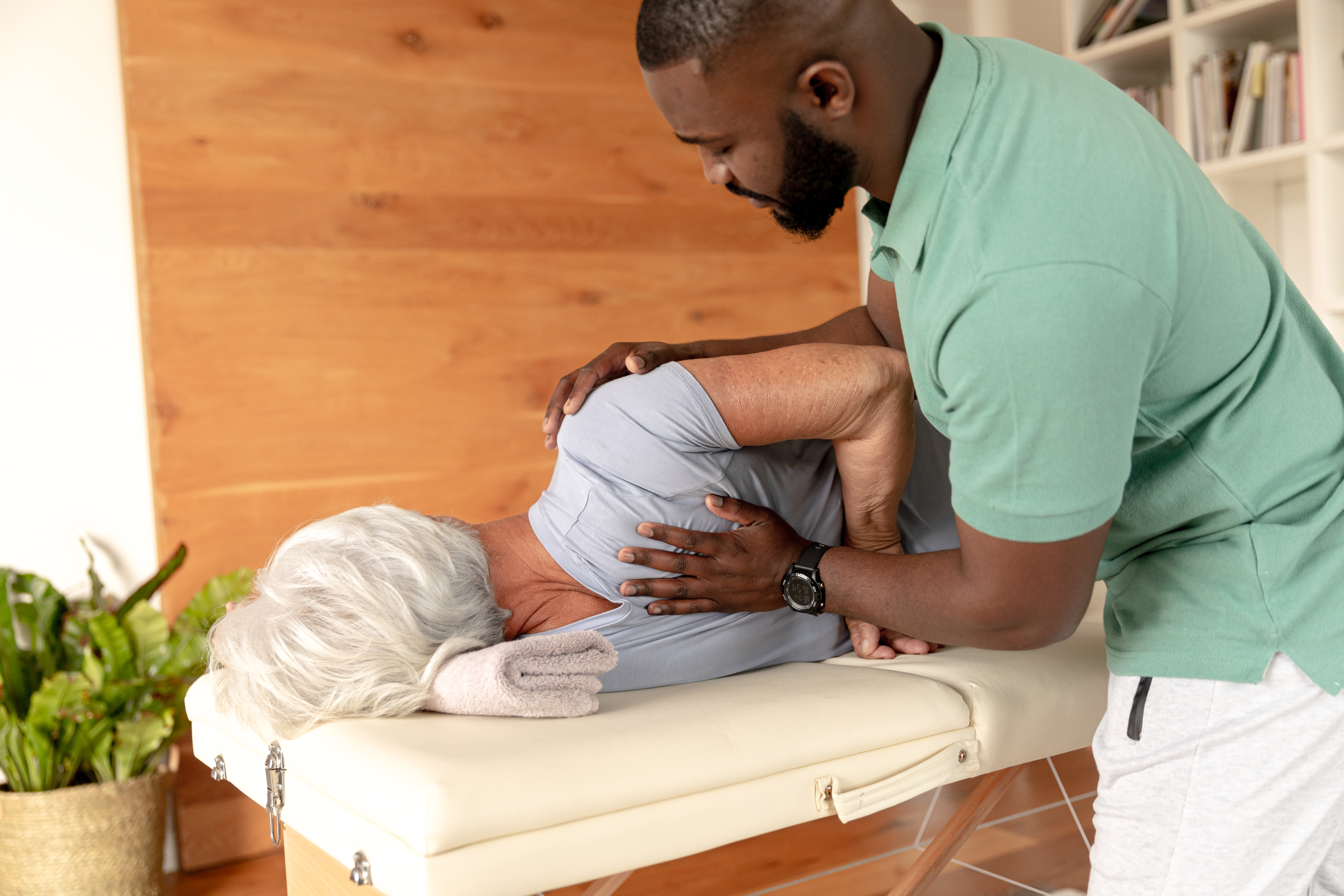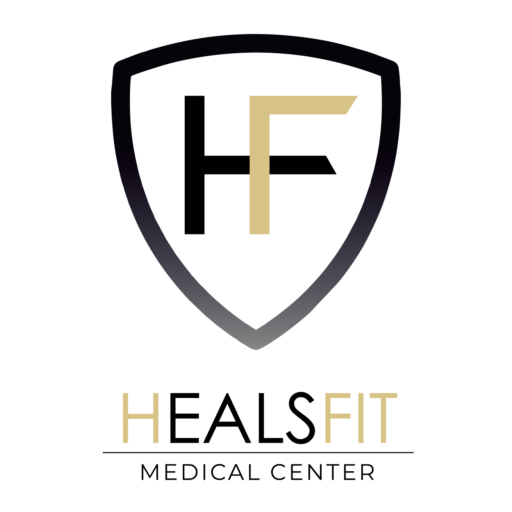Osteopathy

Osteopathy
Osteopathy is a soft and alternative medicine, which complements classical medicine.
Based on a systemic approach to the human body, it involves precise manipulations.
These are intended to restore the structural and functional balance of the body. Osteopathy
is based on the idea that the body is a global unit whose different parts are connected.
The resolution of problems and the relief of symptoms are therefore based on the harmony
of body systems and musculoskeletal structure. The osteopath takes into account all the
movements of the body structure to work.
Who is osteopathy for?
As a soft medicine, osteopathy is for everyone, from the youngest to the oldest patients. The
osteopath always takes into account several elements to establish his treatment: the area of
the body to be treated, the age and the morphology of the patient.
Infants and young children. In the prevention or treatment of specific symptoms such as
plagiocephaly or regurgitation. Children and adolescents. Osteopathic follow-up is
interesting throughout growth, but also in the treatment of back pain or certain disorders
(growth, attention...).
Adults can take advantage of osteopathy to restore their mobility, treat functional
symptoms or accompany their medical treatment related to a chronic illness. Pregnant
women are likely to consult an osteopath to relieve pregnancy ailments (sciatica, nausea,
difficulty breathing, ligament pain, etc.) or prepare for childbirth.
Athletes use osteopathy to relieve certain pain or reduce the impact of intense sports
practice on the body. They can also prevent and treat mobility problems with an osteopath.
The elderly benefit from osteopathic care in parallel with conventional medical treatments
to improve the management of chronic diseases and improve their state of health. Any
contraindications?
The field of action of osteopathy is very wide and is intended for all audiences. However,
there are some contraindications that deserve to be specified. Prior medical advice is
recommended before any osteopathy or alternative medicine consultation (hypnosis,
acupuncture, acupressure, etc.). Here, the relative contraindications concern hernias and
migraines. For strict contraindications, they target infectious processes, tumours and
cancers, inflammation and neurological diseases.
What are the benefits of osteopathy?
The benefits of osteopathy are numerous and concern all the systems of the human body.
Back pain, sciatica and low back pain.
Osteopathy is known to be the "back pain therapy" (although it is not limited to that). It is
effective in relieving back and lumbar pain, which are among the most recurrent reasons for
consultation. According to the available scientific data, osteopathy is as effective as
conventional treatments in this field. Its results are also more durable, since its effects are
felt several months after osteopathic treatment. The relief felt by patients after sessions is
similar to that obtained with non-steroidal anti-inflammatory drugs.
However, osteopathy is of additional interest, since it is free of side effects, unlike drugs. It is
an alternative or complementary solution to the medical treatments offered to patients
affected by chronic or temporary back pain.
OBJECTIVE: To relieve all forms of pain.
Osteopathy is effective in the treatment of acute or chronic pain. Its effects are comparable
to those of commonly used analgesics against musculoskeletal pain
